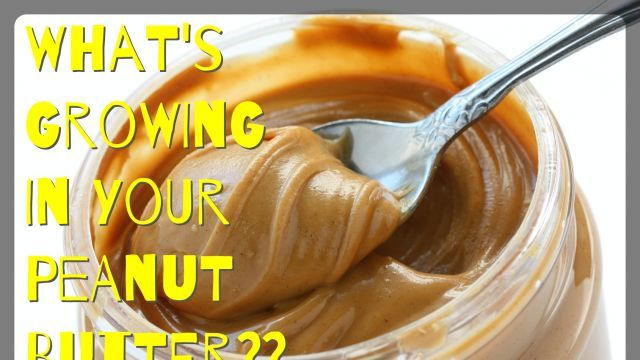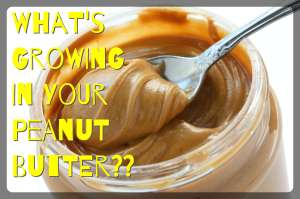
Peanut butter: a staple in children’s lunch boxes and a favorite snack of most of the country’s adults. Americans consume an average of 3 pounds of the tasty spread every year. Peanut butter’s status as a health food has always been dubious, as it’s high in fat and calories and super addictive!
However, there are a few other facts about peanut butter you may want to take into account before deciding if—and how much—you want to include it in your life.
Here’s the good stuff to consider:
Peanuts and peanut butter contain a number of genuine health benefits that make it worth including as part of a healthy (and happy) diet. First, they’re incredibly nutritious: Peanuts are rich in B-vitamins, vitamin E, and folate, along with many minerals, including calcium, manganese and iron.
Their high antioxidant content is another plus. Roasted peanut skins actually contain even more antioxidants than green tea, including the anti-aging flavonoid resveratrol (also found in red wine). In their natural form, they’re also high in protein, healthy fats, and fiber, a combination that actually makes them an ideal food for weight loss when consumed in moderation.
Now, comes the bad:
Most of the benefits we just mentioned are out-weighed by unhealthy additions in most store bought peanut butters. Real peanut butter should contain nothing but peanuts, salt, and a bit of natural oil. However, if you examine the labels of supermarket peanut butter, you’ll likely find other unnecessary and unhealthy ingredients, including sugar, soybean oil and other preservatives and additives. You can check all the labels to ensure that they only contain peanuts, salt, and oil, but you’re probably better off making your own both for health and cost reasons.
 Another problem with peanuts is that they contain a high amount of aflatoxin—a carcinogenic mold that in high levels has been linked to stunted growth in children. This mold is found in both conventional and organically grown peanuts. The amount of aflatoxin increases the longer the nuts sit, particularly in warm, humid climates. As most store bought peanut butter sits for a long time, it’s best to make your own with local peanuts so you can ensure they haven’t been sitting around molding for ages.
Another problem with peanuts is that they contain a high amount of aflatoxin—a carcinogenic mold that in high levels has been linked to stunted growth in children. This mold is found in both conventional and organically grown peanuts. The amount of aflatoxin increases the longer the nuts sit, particularly in warm, humid climates. As most store bought peanut butter sits for a long time, it’s best to make your own with local peanuts so you can ensure they haven’t been sitting around molding for ages.
If you’re ready and motivated to start whipping up your own peanut butter, here’s how to do it:
Ingredients:
2 cups roasted, unsalted organic peanuts with red skin on
2 tablespoons of unrefined coconut oil or peanut oil
A pinch of sea salt
Instructions:
1. Add half the peanuts to a food processor, and blend on high for about 20 seconds
2. Scrape the sides, add the second half, and repeat
3. Add the oil little by little, continuing to scrape the sides as needed
4. When it reaches your desired consistency, add your pinch of salt and continue to blend for a few more seconds
5. Enjoy it right away, or store it in the refrigerator or freezer
The truth is, peanut butter can be healthy! However, like most foods, it’s best to make your own—and then consume it in moderation.
-The Alternative Daily
Sources:
http://www.livestrong.com/article/98722-nutrients-peanut-skins
https://www.thealternativedaily.com/truth-peanut-butter-jelly/#more-22835
http://www.healthywomen.org/content/blog-entry/5-reasons-love-peanuts

